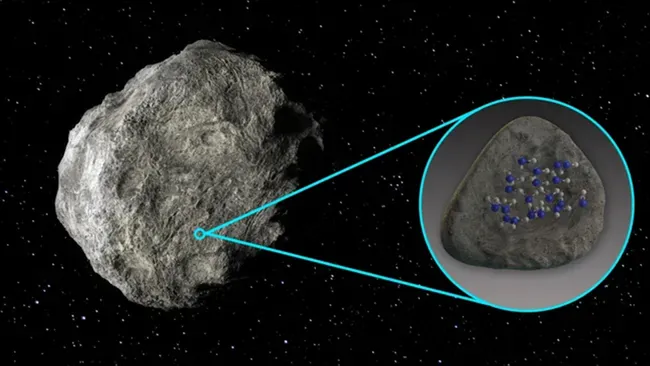Introduction
In a groundbreaking discovery, scientists have detected water on the surface of an asteroid, marking a pivotal moment in our understanding of the solar system’s formation and the origins of water on Earth. This finding not only sheds light on the processes that may have delivered water to Earth but also enhances the potential for asteroid mining and the future of space exploration.
The Discovery
Using sophisticated observational techniques, astronomers identified water molecules on the surface of an asteroid located in our solar system’s main asteroid belt. This revelation came from data collected by space telescopes and probes that have the capability to analyze the chemical composition of asteroid surfaces.
Implications for Science and Exploration
The presence of water on asteroids has profound implications:
- Origins of Earth’s Water: It supports theories that water was delivered to the early Earth through collisions with water-rich celestial bodies, such as comets and asteroids.
- Asteroid Mining: The discovery opens new possibilities for the extraction of water from asteroids, which could serve as a vital resource for future space missions and deep space exploration, reducing the need to transport water from Earth.
- Habitability and Life: Understanding the distribution of water in the solar system is crucial for identifying celestial bodies that could support life or be viable for human colonization.
Technological and Scientific Challenges
The detection of water on asteroid surfaces presents new challenges and opportunities for space science, requiring advanced technologies for remote sensing and analysis. Future missions may focus on directly sampling asteroids to study their water content and other valuable resources.
Further Reading and Exploration
For those interested in the scientific background and implications of this discovery, several resources provide deeper insights:
- Books: “Astrobiology: A Very Short Introduction” by David C. Catling offers an overview of the search for life in the universe, including the role of water.
- Documentaries: “The Universe” series often features episodes on asteroids, comets, and the quest for water in space, providing a visually engaging exploration of these topics.
Conclusion
The discovery of water on an asteroid’s surface is a milestone in space exploration and science, offering new perspectives on the solar system’s history and the ongoing search for extraterrestrial life. It underscores the importance of continued investment in space research and the potential for future missions to unlock the secrets of our cosmos.
References:
- Catling, David C. “Astrobiology: A Very Short Introduction.” This book provides context for the significance of water in the search for life beyond Earth.
This significant discovery not only advances our scientific understanding but also inspires curiosity and wonder about the universe’s many mysteries.
